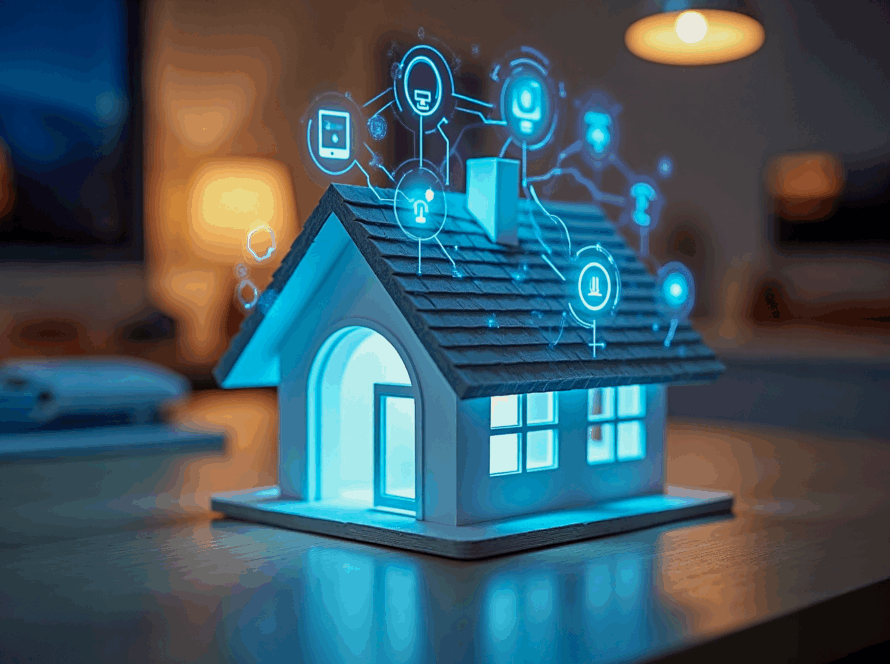Healthcare 4.0 represents the fourth revolution in healthcare, inspired by the broader Industry 4.0 paradigm that integrates digital, physical, and biological systems. It leverages advanced technologies such as the Internet of Things (IoT), artificial intelligence (AI), big data analytics, cloud computing, and cyber-physical systems to transform traditional healthcare into a smart, connected, and patient-centred ecosystem.
What is Healthcare 4.0?
Healthcare 4.0 is a data-driven, technology-enabled approach that automates and optimises healthcare processes to improve patient outcomes, efficiency, and personalised care. It moves beyond manual, hospital-centred models to interconnected systems where medical devices, healthcare providers, patients, and data platforms communicate seamlessly in real time.
This transformation enables proactive disease prevention, remote monitoring, personalised treatments, and enhanced clinical decision-making by integrating vast amounts of health data collected from connected devices and sensors.
The Vital Role of IoT in Healthcare 4.0
At the heart of Healthcare 4.0 lies the Internet of Things (IoT), often referred to as the Internet of Medical Things (IoMT) in this context. IoT connects medical devices, wearables, sensors, and healthcare infrastructure to collect and transmit vital patient data continuously.
Key IoT applications in Healthcare 4.0 include:
- Remote Patient Monitoring: Wearable devices track vital signs such as heart rate, blood pressure, glucose levels, and oxygen saturation, allowing clinicians to monitor patients outside traditional settings and intervene early if anomalies arise [1].
- Smart Medical Devices: Connected devices like infusion pumps, ventilators, and imaging systems communicate operational status and usage data, enabling predictive maintenance and reducing downtime.
- Telemedicine and Virtual Care: IoT supports telehealth platforms by integrating patient data in real time, enhancing virtual consultations and follow-ups.
- Asset and Inventory Management: RFID and IoT sensors track critical medical equipment and supplies, ensuring availability and optimising utilisation.
- Environmental Monitoring: Sensors monitor hospital environments for temperature, humidity, and air quality to maintain sterile conditions and patient safety.
Complementary Technologies Empowering Healthcare 4.0
Healthcare 4.0 combines IoT with other Industry 4.0 technologies to create a cyber-physical healthcare system:
- Artificial Intelligence (AI) and Machine Learning: Analyse large datasets to support diagnostics, predict disease progression, and personalise treatment plans.
- Big Data Analytics: Integrates diverse health data sources for population health management and clinical research.
- Cloud Computing: Provides scalable storage and computing power for real-time data processing and remote access.
- Cyber-Physical Systems (CPS): Integrate physical medical devices with computational algorithms to enable smart, automated healthcare workflows.

Benefits of Healthcare 4.0
Implementing Healthcare 4.0 technologies delivers multiple benefits:
- Greater transparency and data interoperability across healthcare providers and systems.
- Enhanced patient-centred care through personalised treatments and continuous monitoring.
- Improved operational efficiency and reduced healthcare costs via automation and predictive maintenance.
- Increased accessibility to healthcare services through telemedicine and remote monitoring.
- Better disease prevention and management using data-driven insights.
Challenges and Considerations
Despite its promise, Healthcare 4.0 faces challenges such as high implementation costs, data security and privacy concerns, interoperability issues among diverse systems, and the need for professional training. Overcoming these barriers requires strategic planning, robust cybersecurity measures, and collaboration across healthcare stakeholders.
Conclusion
Healthcare 4.0 is reshaping the future of medicine by harnessing IoT and Industry 4.0 technologies to create a smarter, more connected, and patient-focused healthcare environment. As these innovations continue to evolve, they hold the potential to improve outcomes, reduce costs, and make healthcare more accessible worldwide.
At Howood International, we specialise in delivering cutting-edge IoT solutions tailored for healthcare providers. Partner with us to embrace Healthcare 4.0 and transform your healthcare services with smart, connected technologies.
References
- Healthcare 4.0: recent advancements and futuristic research directions — National Library of Medicine



